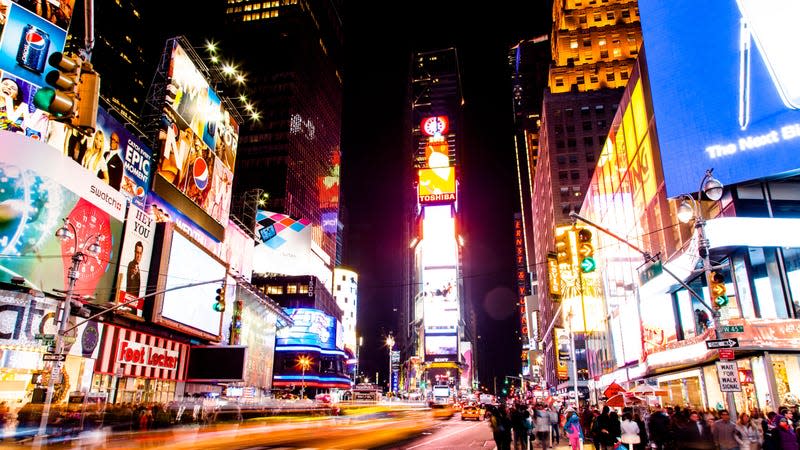Seeing Too Much Light at Night May Raise Your Stroke Risk

Too much light at night may be bad for our brains, research out this week suggests. In a population of city residents in China, researchers found a link between increased exposure to artificial outdoor light at night and a greater risk of stroke. Unsurprisingly, they also found that more exposure to air pollution was linked to greater stroke risk.
As useful as artificial lighting has been for modern civilization, it seems to have some potential drawbacks for our health. Most of this harm is thought to come from the effect that too much artificial light can have on our internal body clock, or the circadian rhythm, often leading to a disruption of our normal sleep patterns. Past studies have tied increased artificial light exposure, especially at night, to a greater risk of various health issues, including obesity, depression and cardiovascular problems like heart attacks.
But the authors of this latest study say that not much research has been done looking at the connection between artificial light exposure and cerebrovascular disease specifically—conditions that affect blood flow to the brain, with stroke being the most common type.
To better study this link, the team turned to existing data from an earlier population study of residents in the city of Ningbo, China. This data allowed them to track the health outcomes of nearly 30,000 people for up to six years. They determined people’s regular exposure to outdoor light at night and air pollution by cross-referencing their home addresses with other available data, including satellite imagery of the area.
About 1,280 people developed cerebrovascular disease during the study period, including more than 900 cases of stroke. Overall, the study authors found that people with the highest levels of exposure to outdoor light at night had a 43% increased risk of developing cerebrovascular disease compared to people with the lowest exposure. They also found that exposure to several types of air pollution, including dust and smoke, was associated with a higher risk of cerebrovascular disease. A separate analysis found evidence that light and air pollution are independently raising people’s risk of these conditions, even when the other type of pollution is taken into account.
The team’s findings, published Monday in the journal Stroke, can only demonstrate a correlation between outdoor light pollution and stroke risk, not directly prove a cause-and-effect connection. And the data available didn’t allow them to track people’s exposure to indoor lighting at night, another important contributor to light pollution. But the scientists say that people should already be doing more to keep their nights less filled with lights, given their findings.
“Our study suggests that higher levels of exposure to outdoor artificial light at night may be a risk factor for cerebrovascular disease,” said author and endocrinologist Jian-Bing Wang in a statementfrom the American Heart Association, publishers of the study. “Therefore, we advise people, especially those living in urban areas, to consider reducing that exposure to protect themselves from its potential harmful impact.”
